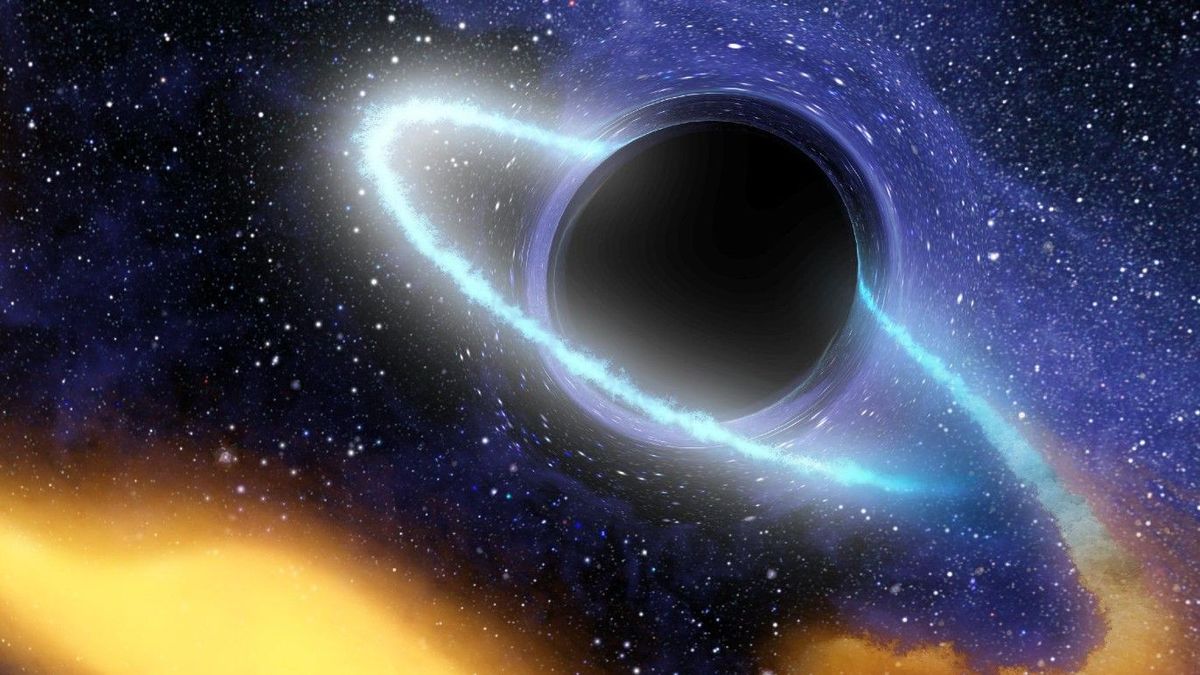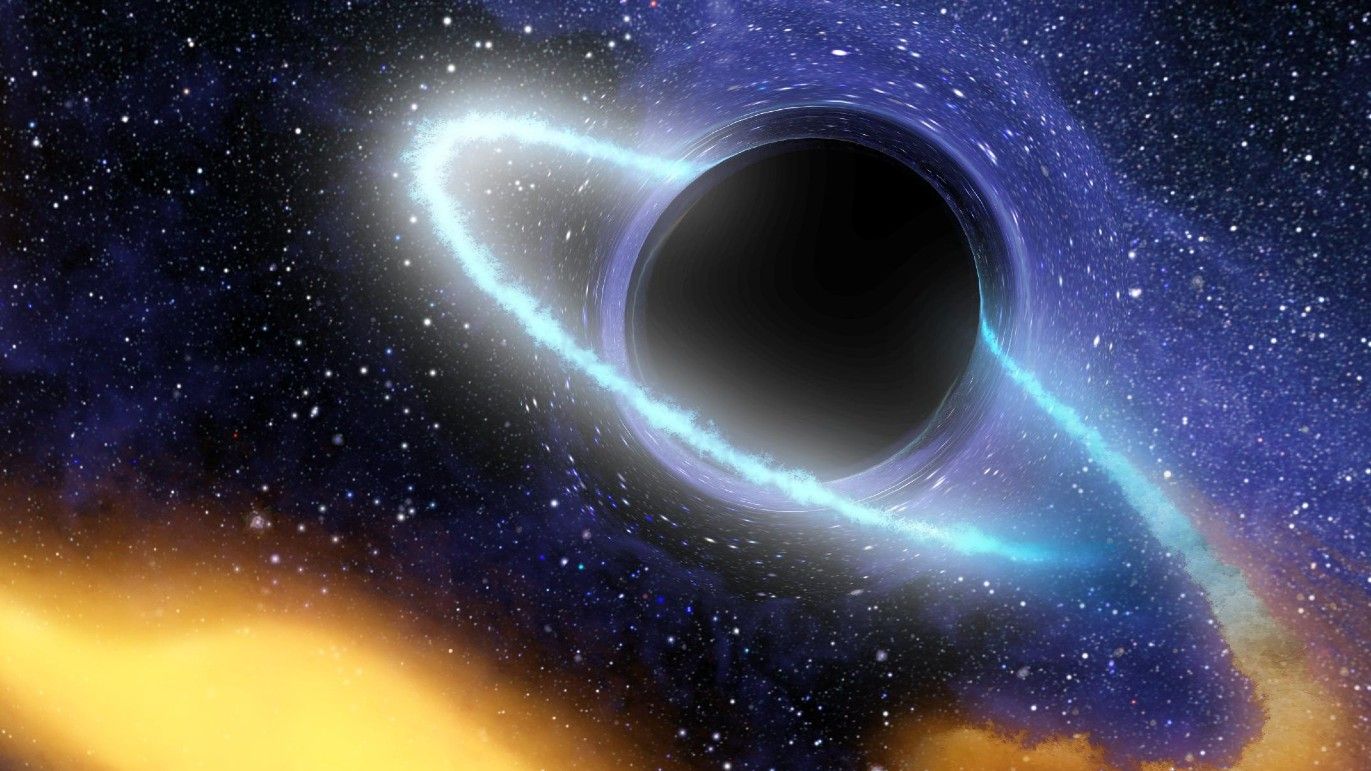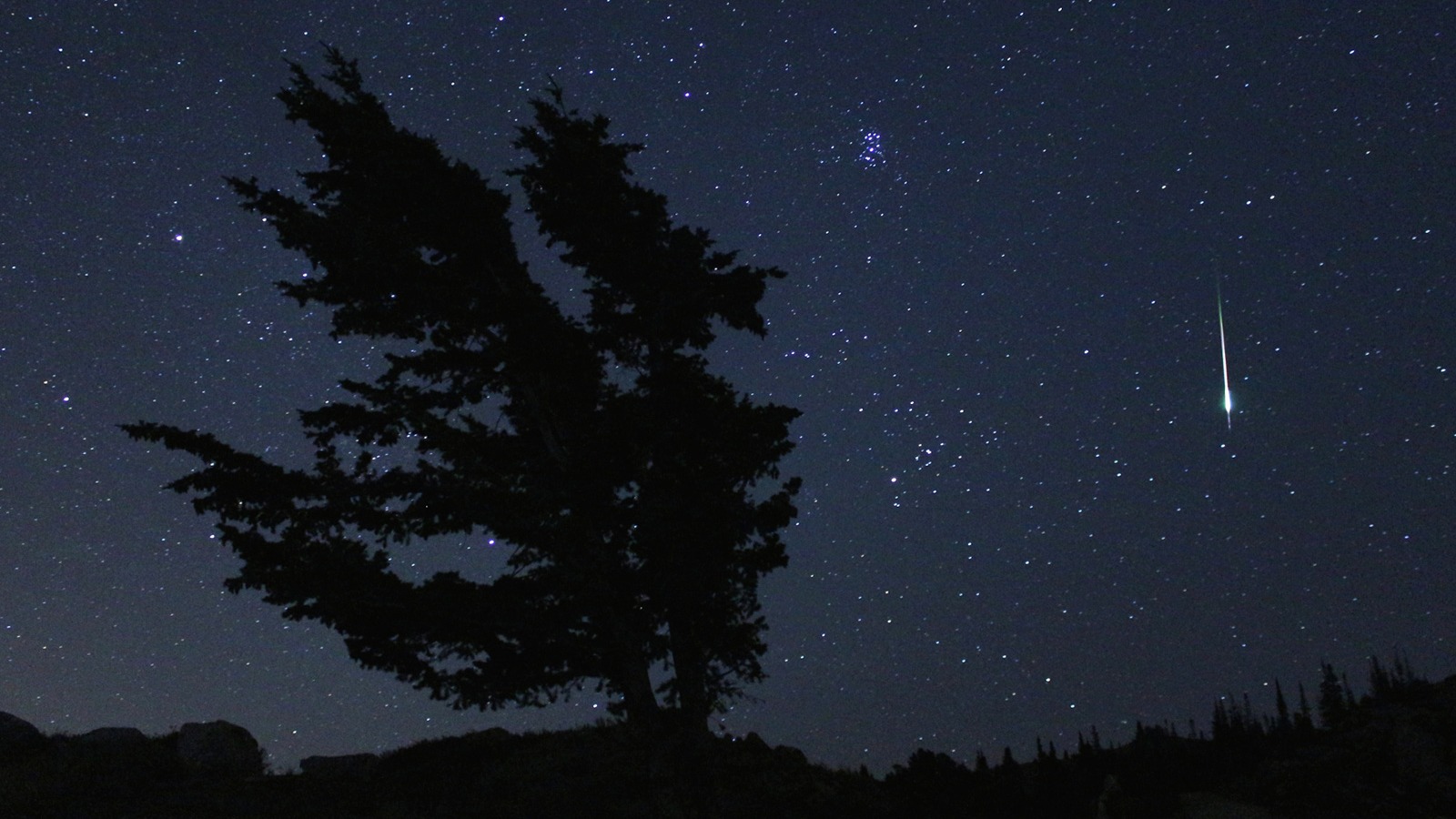Have you ever looked up at the night sky and wondered what you’re not seeing? The skies may be full of invisible “boson stars” that are made of an exotic form of matter that does not shine.
We strongly suspect that the universe is full of dark matter, which makes up around 25% of all the mass and energy in the cosmos. But while circumstantial evidence abounds and we believe that dark matter is some sort of undiscovered particle, we don’t have any direct evidence of such a particle.
For a couple of decades, we thought we were on the right track with a new kind of particle known as a weakly interacting massive particle (WIMP). Predicted from various supersymmetry theories, the WIMP would have a mass somewhere in the range of the heavier known particles, like the top quark. But otherwise, it would be largely invisible, interacting with normal matter only occasionally.
But searches for WIMPs have failed to find anything. That’s fine; nature is never obliged to go along with our first guess. Thankfully, we have another particle candidate waiting in the wings: the axion.
The axion was introduced to solve a nasty problem involving the strong nuclear force. By all observations, the strong force obeys two important symmetries in nature: charge and parity. This means that if you take a strong force interaction, flip the charges of all the particles to their opposite values, and look at the reaction in the mirror, you’ll get the same result.
But nothing in the theory itself says that it should obey these symmetries. Physicists attempted to fix this by essentially adding a new parameter to the equations and setting that parameter to zero, but that felt a little forced. Then came an ingenious solution: Maybe that new parameter represented a new quantum field, and interactions with that field naturally produced the symmetry.
This was the axion, so named after a brand of dishwashing detergent because it cleaned up the mess of the symmetry problem.
If axions exist, they would make an excellent dark matter, because they would be abundant and hardly, if ever, interact with normal matter. And they would also do some wild things.
Axions are incredibly light — trillions upon trillions of times lighter than even the neutrino, the lightest known particle. With such slight masses, their quantum wave nature would manifest at macroscopic scales. While every particle also has a wave associated with it, we usually don’t notice or care about those waves unless we’re dealing with subatomic quantum systems. That’s not so with the axion, which can potentially spread its wavelength across an entire galaxy.
The second cool thing about axions is that they are bosons. Bosons are a kind of particle that can all share the same quantum state, meaning you can stuff as many of them into a compact volume as you want. This is similar to photons (you can put as much light in a box as you want) and different from particles like electrons (you can only cram so many in before the box gets full).
These two properties of axions mean that they are exceptionally good at collapsing down to incredibly high densities, pulled together by their own (slight) gravity. Essentially, they can form a kind of star. It’s completely invisible, radiates no light and does not interact with anything, but it’s a star nonetheless.
These stars — which have a variety of names, including axion stars, boson stars and dark stars — can be small, roughly the same mass as normal, everyday stars. They can also be huge, spanning an entire galactic core.
The possible existence of boson stars is a double-edge sword. On one hand, it can make direct detection extremely difficult. Unless a boson star just happens to be wandering through our solar system and passing through Earth, we’re unlikely to see axions in our detectors.
On the other hand, boson stars can do all sorts of things that could make them detectable, like mess with nuclear fusion in stellar cores or blow up on their own in an event known as a bosenova.
We don’t know if axions exist or, if they do, if they’re responsible for dark matter. But it’s still fun to imagine a universe teeming with silent, invisible, harmless dark stars.







